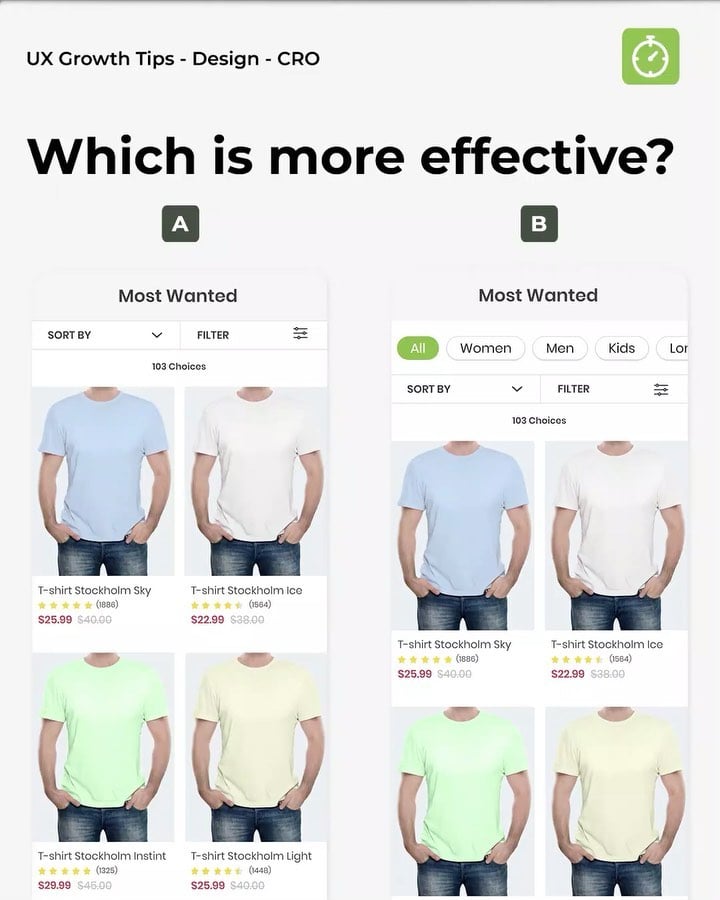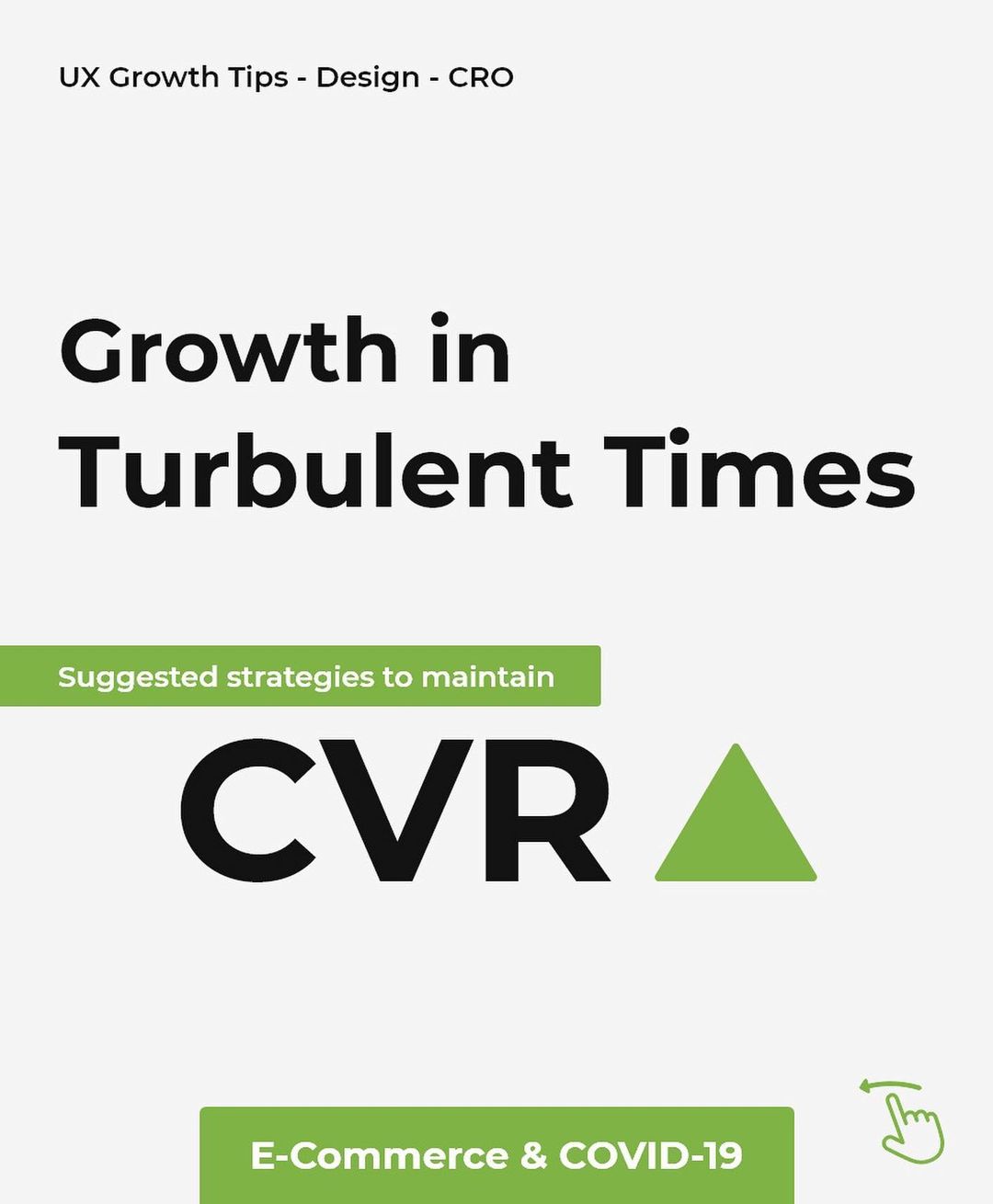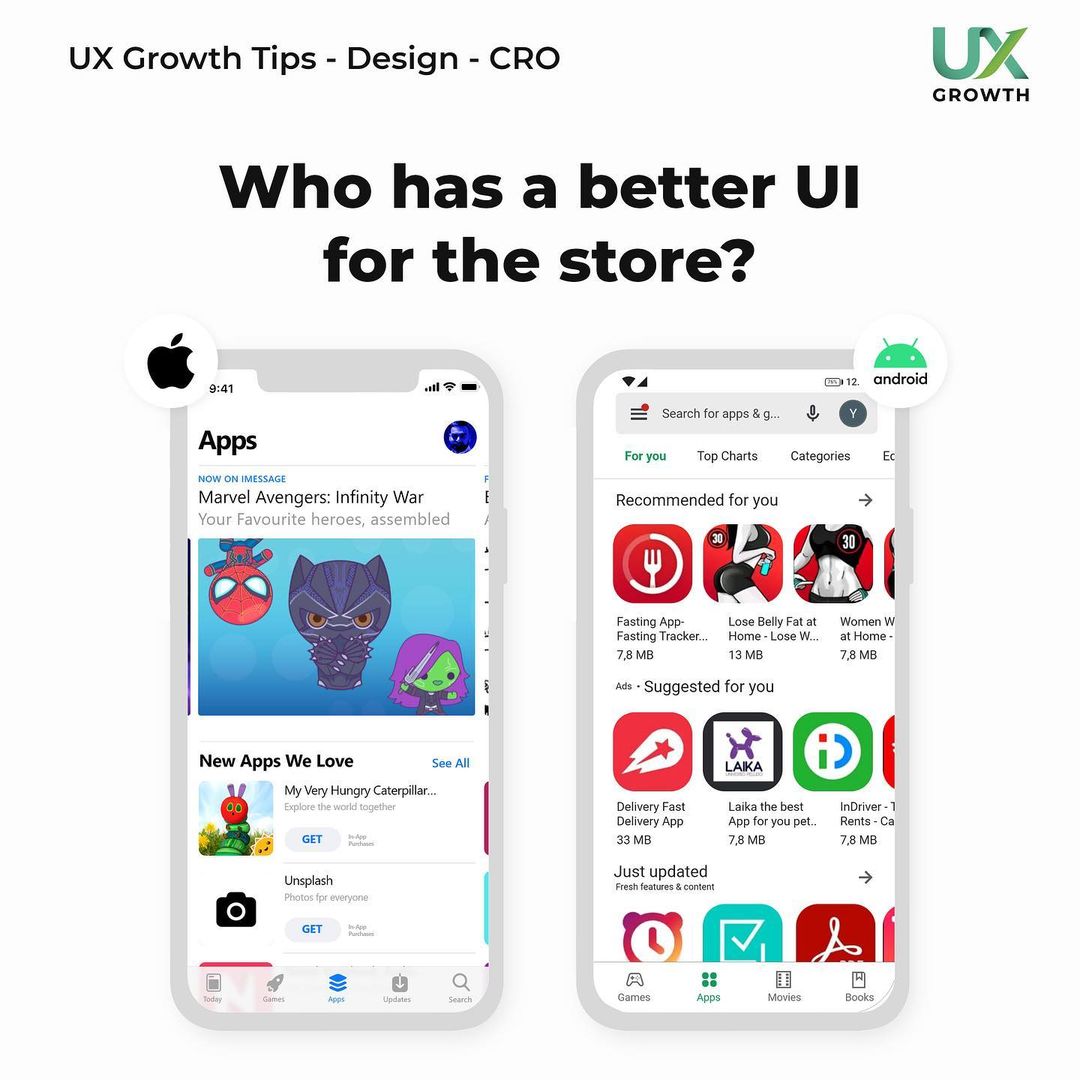Enhancing Clothing Store Navigation for Optimal Shopping Experience
Effective navigation is crucial for clothing stores. Clear categorization and prominent search bars enhance user experience. Integrating offline and online navigation strategies ensures a seamless shopping journey. Personalized recommendations and location analytics drive continuous improvement for optimized navigation. Artificial Intelligence and Augmented Reality are shaping the future of clothing store navigation.
Importance of Effective Navigation for Ecommerce Stores
Efficient navigation is a cornerstone of successful ecommerce operations, influencing the overall user experience and ultimately impacting online sales. In the fast-paced digital landscape of 2024, the relevance of navigational design cannot be understated.
Key Elements of Navigational Design
Effective navigational design encompasses several crucial elements, including intuitive menu structures, clear labeling, and seamless transitions between various sections of the online store. Maintaining consistency and simplicity in design is key in guiding users through the website and facilitating easy access to products and information.
Impact of Navigation on User Experience
A well-thought-out navigation system directly correlates with user satisfaction and engagement. Easy-to-navigate websites enhance the overall user experience by reducing frustration and enabling customers to find what they need quickly. Smooth navigation contributes to higher levels of customer retention and repeat visits.
Benefits of Optimized Navigation for Online Sales
Optimized navigation significantly boosts online sales by streamlining the path to purchase. When customers can easily locate desired products and navigate through the checkout process smoothly, conversion rates tend to increase. Furthermore, optimized navigation reduces shopping cart abandonment rates, leading to improved revenue streams for ecommerce stores.
Best Practices for Navigation in Clothing Stores
When it comes to optimizing navigation for clothing stores, there are specific best practices that can significantly enhance the user experience and streamline the shopping journey.
Clear Categorization of Products
One of the key elements of effective navigation is clear categorization of products. By organizing items into distinct categories such as tops, bottoms, accessories, and more, customers can easily locate the specific items they are looking for.
Prominent Search Bar Placement
Placing a prominent search bar in a strategic location on the website allows customers to quickly search for specific products. This feature enables users to bypass extensive navigation and find their desired items with ease.
Utilization of Mega Menus for Easy Navigation
Mega menus are a useful tool for providing an overview of all product categories at a glance. By incorporating mega menus on the website, customers can navigate through the store's offerings efficiently, saving time and reducing frustration.
Implementation of Drop-Down Menus for Subcategories
Implementing drop-down menus for subcategories further refines the navigation process. By offering subcategory options under main product categories, customers can narrow down their search and access specific items without unnecessary clicks.
Enhancing User Experience Through Navigation
Improving user experience through effective navigation is crucial for clothing stores to ensure a seamless shopping journey. By tailoring personalized recommendations based on customer navigation behavior, retailers can enhance engagement and increase sales.
Personalized Recommendations Based on Navigation Behavior
Utilizing algorithms to track customer navigation patterns and preferences enables clothing stores to offer tailored product suggestions. By analyzing the pages visited, items searched, and purchases made, retailers can create a personalized shopping experience that caters to individual needs and preferences.
Incorporating User-Friendly Navigation Features
Creating a user-friendly navigation experience involves implementing intuitive design elements that enhance usability. Clear call-to-action buttons, simple menu structures, and visual cues can guide customers through the shopping process, reducing friction and facilitating easy access to desired products.
Analyzing Navigation Data for Continuous Improvement
Regularly analyzing navigation data provides valuable insights into customer behavior and preferences. By tracking metrics such as bounce rates, time spent on pages, and click-through rates, clothing stores can identify pain points in the navigation process and make data-driven optimizations to improve the overall user experience.
Integrating Offline and Online Navigation Strategies
Seamless Transition Between Physical and Virtual Store Navigation
In the modern retail landscape, integrating offline and online navigation strategies has become paramount for clothing stores. The seamless transition between physical and virtual store navigation is crucial to provide customers with a consistent and cohesive shopping experience.
By ensuring that the transition between offline and online channels is smooth, clothing stores can enhance customer satisfaction and loyalty. This seamless integration allows customers to easily switch between browsing products in-store and online, without any disruptions in the navigation process.
Optimizing In-Store Navigation with Technology
Technology plays a key role in optimizing in-store navigation for clothing stores. By leveraging digital tools and solutions, retailers can enhance the shopping experience for their customers and streamline the navigation process within physical store locations.
- Implementing interactive store maps and digital signage can help customers easily locate products and navigate through the store.
- Utilizing beacon technology and RFID tags can provide personalized product recommendations and promotions based on the customer's location within the store.
Utilizing Location Analytics for Data-Driven Navigation Decisions
Utilizing location analytics allows clothing stores to make informed, data-driven decisions regarding navigation strategies. By analyzing customer movement patterns and behavior within the store, retailers can optimize product placement, signage, and the overall layout to enhance the shopping experience.
Location analytics also enable retailers to track foot traffic, identify popular shopping areas, and understand customer preferences, ultimately leading to more effective navigation strategies both online and offline.
Future Trends in Clothing Store Navigation
Role of Artificial Intelligence in Personalized Navigation
In the rapidly evolving landscape of retail, Artificial Intelligence (AI) is revolutionizing the way clothing stores navigate customer experiences. AI-powered algorithms analyze customer data to offer personalized navigation suggestions and product recommendations. By harnessing AI technologies, clothing stores can enhance user engagement, streamline the shopping journey, and ultimately drive sales.
Augmented Reality for Enhanced Shopping Experience
Augmented Reality (AR) is paving the way for an immersive and interactive shopping experience in clothing stores. By integrating AR technology into navigation systems, customers can visualize products in a virtual space, try on clothing virtually, and receive personalized style recommendations. This innovative approach not only enhances the overall shopping experience but also sets a new standard for customer engagement.
Voice-Activated Navigation for Convenience and Accessibility
Voice-activated navigation is emerging as a convenient and accessible way for customers to interact with clothing store interfaces. By utilizing voice commands, shoppers can easily navigate through product categories, search for specific items, and receive real-time assistance without having to manually browse through options. This hands-free approach to navigation simplifies the shopping process and caters to a diverse range of customer preferences.



